Historians will debate when ‘sneaker culture’ as we now know it began.
Certain OGs will point to the 1970s in New York when the PUMA Clyde was the toast of Madison Square Garden matinee games and cardboard breakdance battles in the park.
Others will place the alpha ascent as the Nike Air Force 1’s arrival in 1982, upping the ante on luxury and price point through the scientific benefit of technology.
Lastly, some will say it was 1985 when the Air Jordan 1 jumped off the TV screen and into stores, setting the blueprint for modern footwear marketing as we know it and creating a buzz that eventually became international.
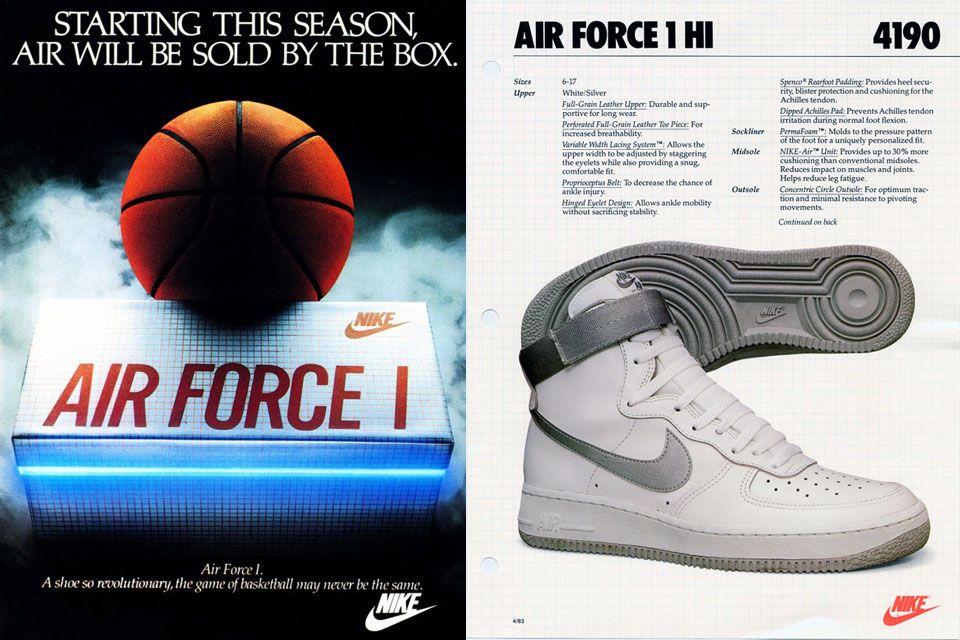 Image via Nike
Image via Nike
No matter which way you slice it, the origin of sneaker culture is typically tied to performance basketball.
While tennis and running deserve their shine, it was the basketball shoe that best tied similar sports, street, fashion, and music sectors.
Throughout the ‘80s and into the ‘90s, performance models became a social status symbol. Though stalwarts like Converse and adidas competed, the rogue ‘running’ brand Nike changed the game entirely by upping the MSRP with A-I-R and marketing Michael Jordan, Charles Barkley, and controversial college programs as brash and rebellious.
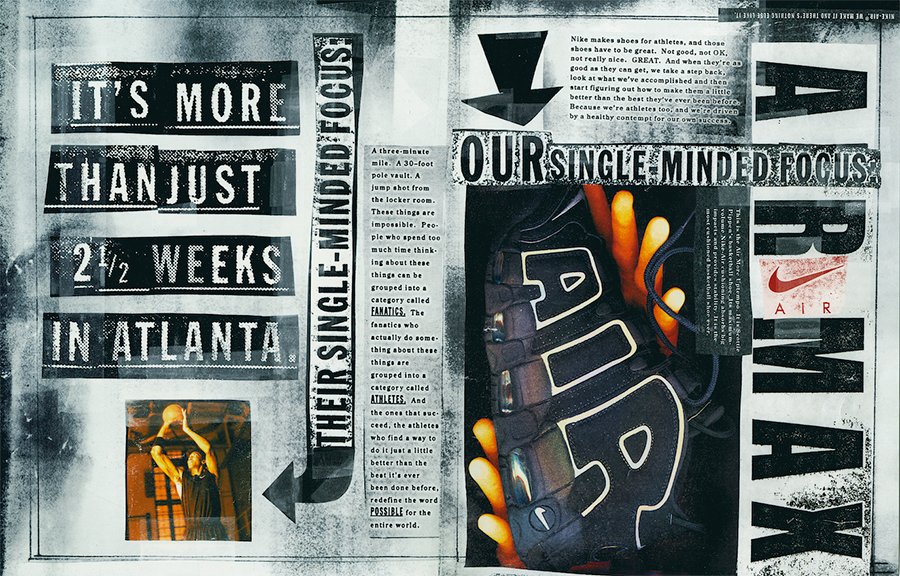 Image via Nike
Image via Nike
This basketball boom only became more prominent in the 1990s as adidas, Reebok, Converse, AND1, and FILA followed Nike’s model of combining visible tech, aspirational price points, and individual athletes as a way to sell sneakers to the masses. Basketball shoes were a status symbol, an athletic tool, and a form of expression. The newer the model, the more expensive the price, the louder the tech, and the more marketable the athlete, the more they mattered.
Then everything changed.
Michael Jordan retired. Again.
Departing from the Chicago Bulls for the second time in 1999, MJ’s signature line continued to release despite his playing days being on pause until his comeback with the Washington Wizards.
 Image via David Liam Kyle/NBAE via Getty Images
Image via David Liam Kyle/NBAE via Getty Images
Around this same time, his adversaries like Anfernee Hardaway and Grant Hill became hobbled by injuries, eventually ending the road for their namesake shoes.
Within the league, Kobe Bryant was coming into his own at adidas, though the designs would soon become too daring for most. Kevin Garnett was hopping brands, Scottie Pippen was getting older, and even though Vince Carter, Tracy McGrady, and Allen Iverson were ascending, no one could quite fill Jordan’s footsteps.
Sneaker culture in America was somewhat lost, looking for a reset. Suddenly, the old would replace the new.
“It was all about the new signature shoes until the Air Jordan 15 in 1999,” recalled Croatian Styles on the Complex Sneakers Podcast. “When Jordan retired, there wasn’t anything to look forward to at that level. It was the perfect timing to bring back the Air Jordan 4.”
Coinciding with Mike’s recent retirement and the time-tested law of 20-year trend cycles, the world was finally ready for the old. In 1999, the Air Jordan 4 returned in original colorways, as would the Nike Dunk High. The following year, the Air Jordan 5, 6, and 11 came back with more 11s, 1s, and 3s hitting after that.
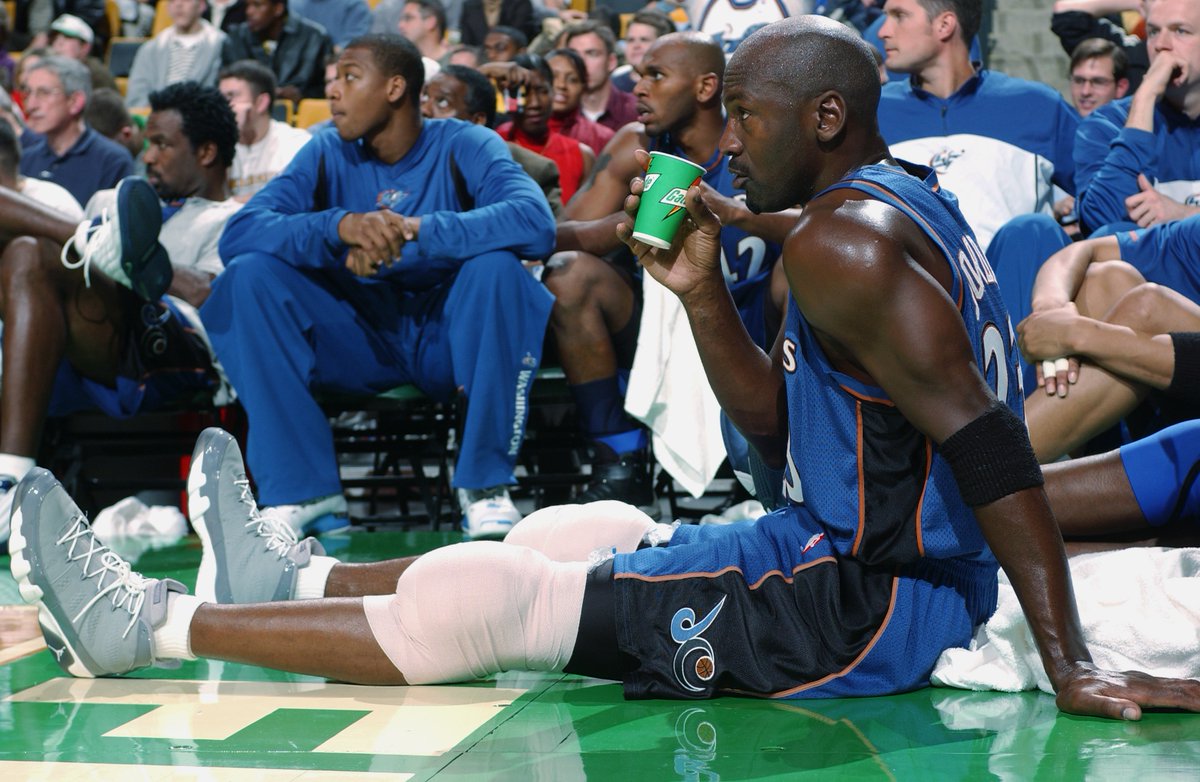
While performance Jordan models continued to come out at an annual clip, significant moves in that space occurred as LeBron landed at Nike and Kobe switched to the Swoosh. However, from a cultural standpoint, retro Jordans and Air Force 1s for flexing and Dunks reborn for skating all mattered more than the modern models worn on court by the NBA elite. This was particularly true off-court but even proved trendy on the hardwood.
For effectively the entirety of the 2000s, retros proved more popular than performance models in almost every arena but more pronounced than hoops. Genre shifting styles like the 2008 Nike Hyperdunk made headlines and waves but never crossed over off-court.
After a decade in the dark, things slowly began to shift back. By the early 2010s, performance basketball became a core part of culture once again, but not quite like it started.
Once again, signature stars like LeBron James, Kobe Bryant, Kyrie Irving, and Kevin Durant deemed that individuals still moved the masses. Price point continued to signify status, but it was no longer what the shoes sold for at the stores. It was what they could go for after they sold at the stores. And lastly, tech would take a backseat to colorway stories, making LeBron’s move to Miami more important than the cushioning that propelled his moves on the court.
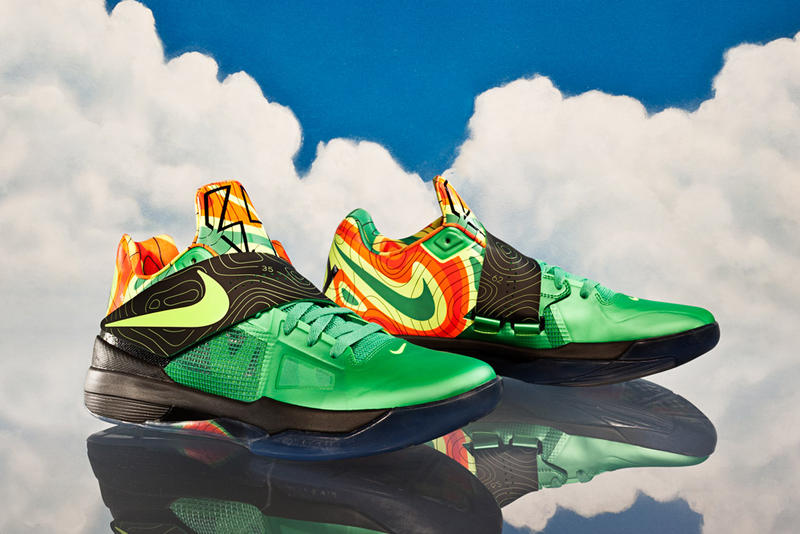 Image via Nike
Image via Nike
By chasing complimentary denim, playing the numbers game, and telling colorway stories, performance basketball shoes were back.
Quickstrikes like the “South Beach” LeBron 8s, “Grinch” Kobe 6s, “Weatherman” KD 4s, and “Krispy Kream” Kyrie 2s channeled the thematic juice introduced on SB Dunks and brought it to the NBA’s new signature lines.
Like any good thing, it quickly became played out as big brands – notably Nike, but almost all were guilty – forgot about function, cared too much about casual wear, and produced so many forced nickname colorways that fans quit caring. The market was flooded, and the exclusivity factor was lost. To add intrigue, clout, and color stories back to basketball, brands had to return to the roots of roundball rarity.
Player exclusives.
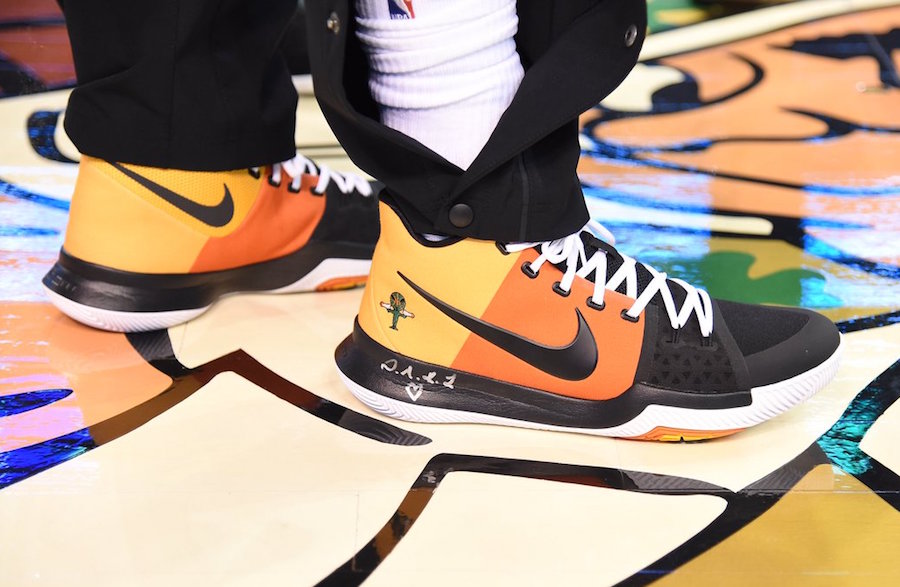 Image via Slam Kicks
Image via Slam Kicks
Better known as PEs, player exclusives are specific colorways made only with a particular player or collegiate program in mind. Occasionally, these PEs will make their way to retail, but it’s generally received best in limited quantities so as not to lose their luster when they do.
In 2018, Nike played this perfectly with the #LeBronWatch program. Adding energy to the otherwise lukewarm Nike LeBron 15, King James rotated accessible colorways capable of being purchased at the mall on the court with collectible colorways paying tribute to the most memorable models in Swoosh history.
Every night fans flocked to League Pass and Twitter to see what LeBron would wear on the court. One night it might be a PE LeBron 15 inspired by the Nike Air Mowabb; the next night, it’d be the same model refashioned to look like Deion Sanders’ famous Nike Air Diamond Turf. Homage to LeBron line favorites, Air Max classics, and even Vince Carter kicks all graced King James’ feet refashioned as PE Nike LeBron 15s.
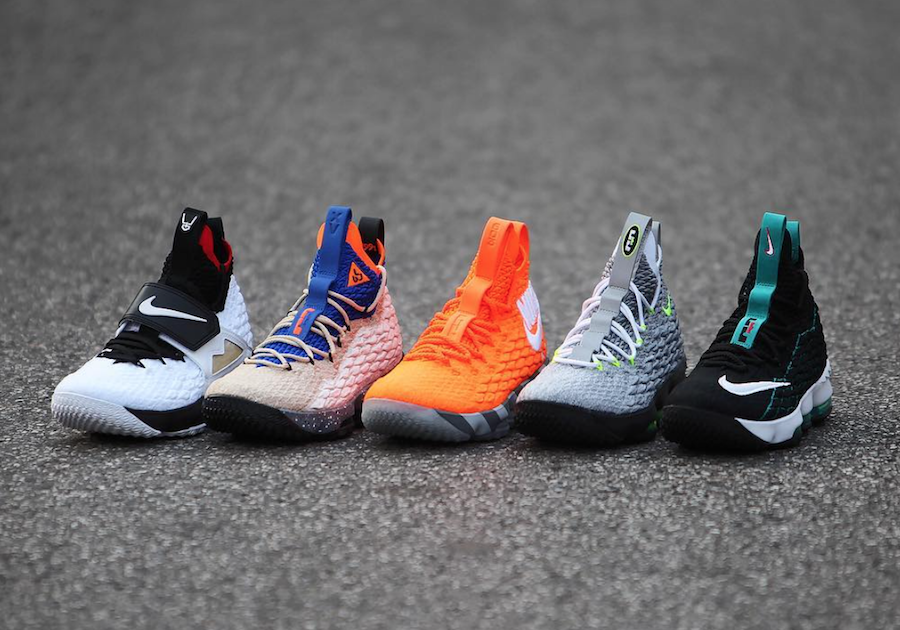 Image via @gc911
Image via @gc911
Some player exclusives were released in limited quantities at retail. Some, true to form, were only made for LeBron. The limited launches and can’t miss colorways blurred the lines on LeBron and added energy to performance basketball that it hadn’t seen in years. Each pair became a Twitter talking point, placing a modern model in the same light as the nostalgic retros the likes of Nate Robinson, Nick Young, and PJ Tucker were known to wear.
Just like that, performance basketball buzz was back.
Throughout the late 2010s and into the early 2020s, PEs have become the catalyst for making modern basketball models mass again when it comes to the chase. PEs effectively made performance basketball cool again for those who love to play and those who never touch a ball but live to collect.
Nike has continued to keep fans on their toes through 1-of-1s for LeBron James and Kyrie Irving that reference everything from Air Yeezys to classic SBs. Some find their way to retail in limited quantities; most don’t make them an even more coveted collectible.
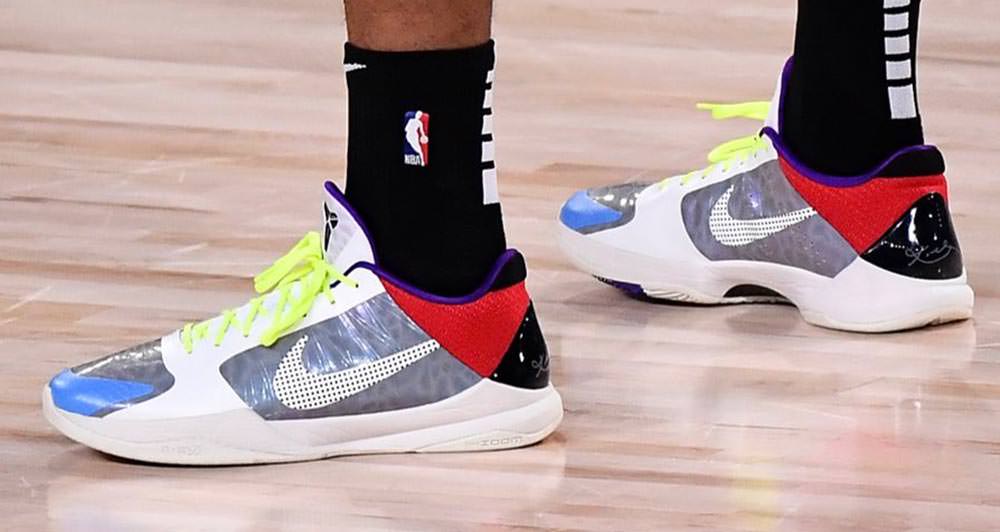 Image via Bill Baptist/NBAE for Getty Images
Image via Bill Baptist/NBAE for Getty Images
On the amateur front, collegiate colorways for the likes of North Carolina, Kansas, and Oregon have opened a not-so-new but oft-forgotten lane for player-exclusive basketball shoes.
Just the same, high school travel team circuits and All-American showcase events have gained clout, personality, and awareness through their unreleased colorways made only for prime participants.
Regardless of ranks, PEs have shown the most promise in shine in Protro form when considering the soon-to-be-defunct Nike Kobe line. Before Bryant’s passing, Nike revived his signature series with would-be retros retooled for performance. Since launching the Protro line, PE takes on Kobe 1, 4, 5, and 6s have proved the hottest commodity in hoops.
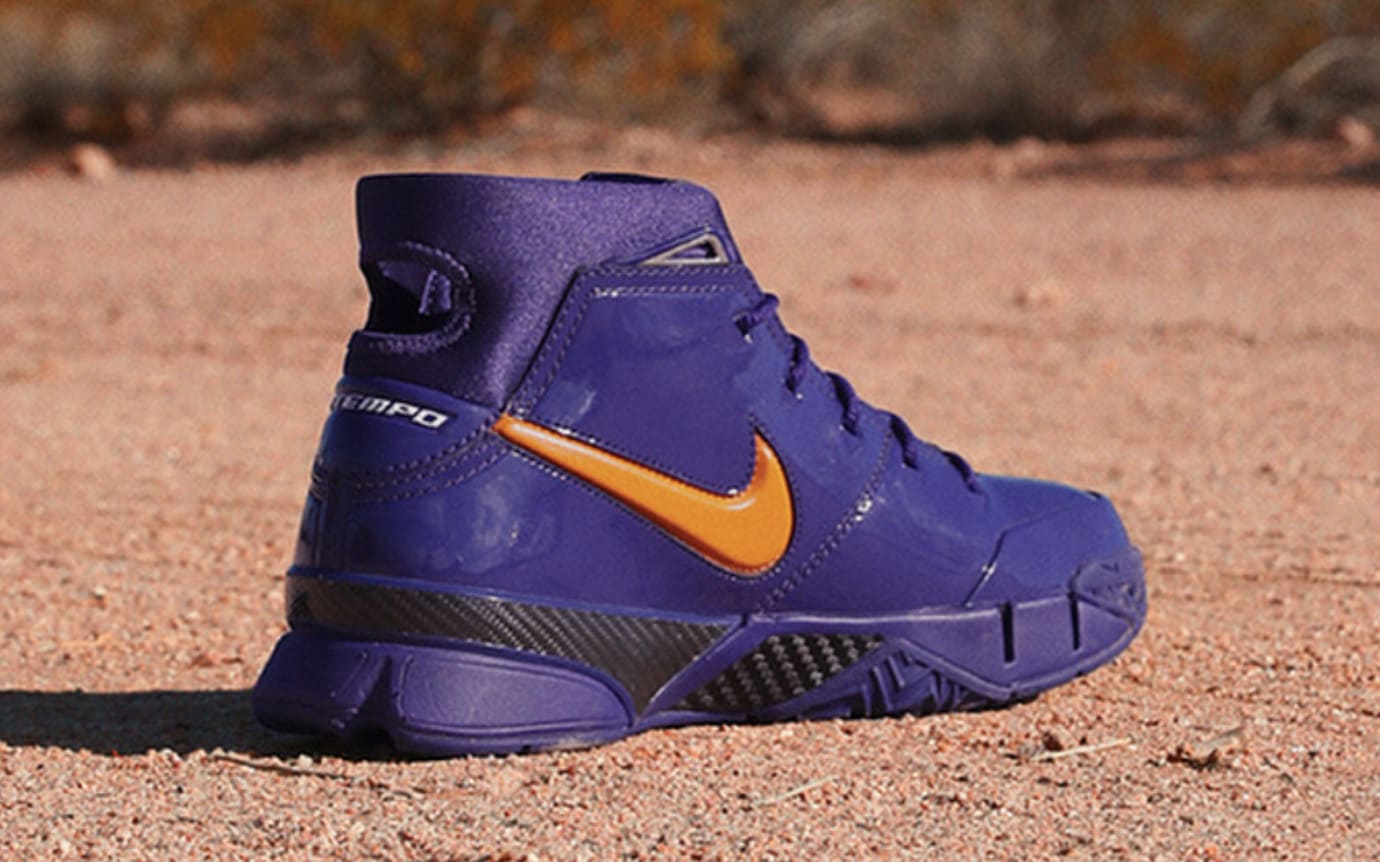 Image via House of Hoops
Image via House of Hoops
In 2021, performance basketball still composes much of the core of sneaker culture, just not like it used to.
Runners and runway models have taken market share. Artists are often considered the new athletes, and retros rule the world. Still, performance basketball holds its ground by being the heartbeat of many young people’s introduction into sneakers and a connection point for fans of various generations through PEs.
This summer, Jordan Brand will release a PE colorway of the Air Jordan 35 Low made for Luka Doncic at retail in limited quantities. Previously, they did the same for Zion Williamson and Jayson Tatum on the Air Jordan 34 which both sold out, received rave reviews from the select segment that still love modern hoops while catching the eye of collectors more focused on fashion or flexing.
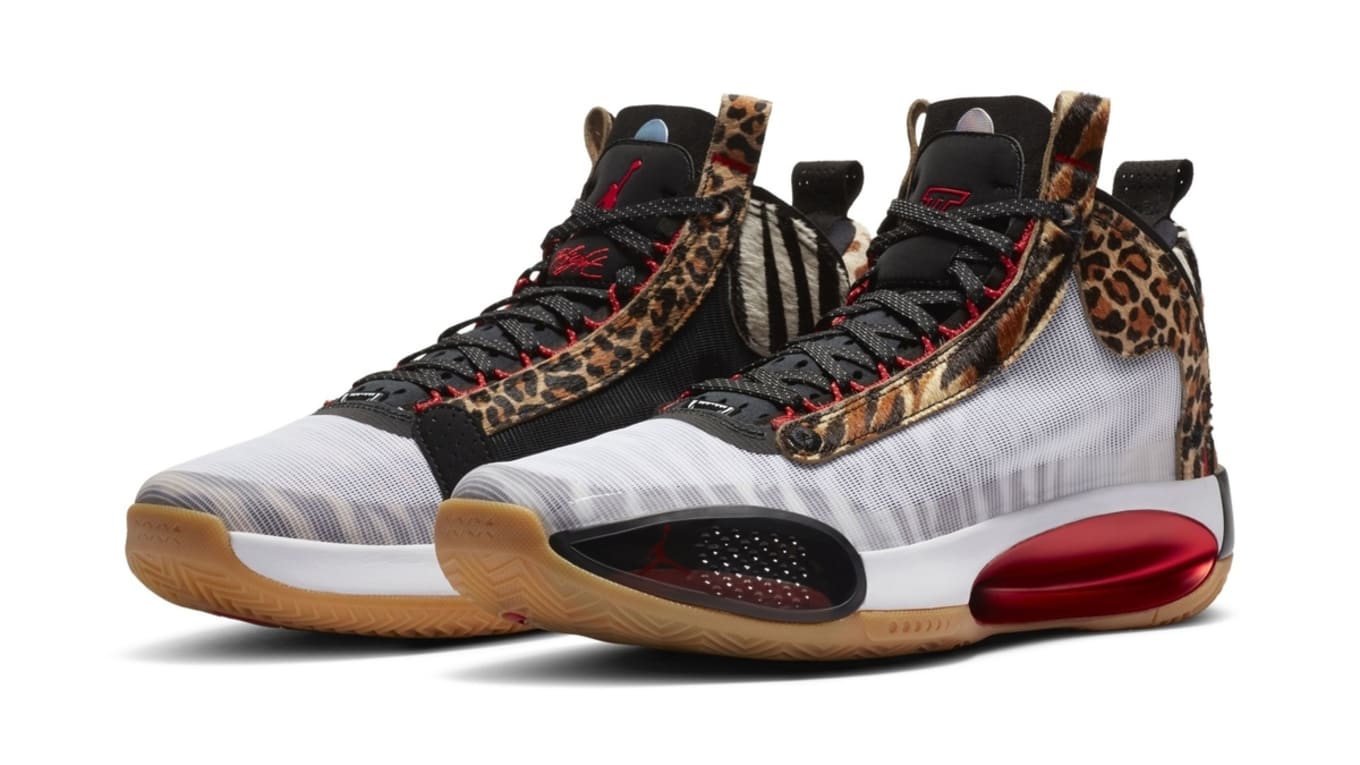 Image via Nike
Image via Nike
Amongst the league and amongst the Jordan Brand roster, the most style savvy superstars have used PEs as a way to boost their resume both on the court and in the tunnel. Russell Westbrook is perhaps the best case study as he has not only played in PE pairs of his Why Not signature line from JB, he’s debuted the shoes in the tunnel in hand.
Jordan Brand’s recent boom in signature buzz is due much in part to PE and Promo Designer Kelsey Amy who has used her love of storytelling through colors and quirky concepts to make a category that was once stiff suddenly full of personality. A recent highlight? The “McLovin” Air Jordan 35 PEs for Blake Griffin that saw Seth Rogen tweeting.
Outside of signature athletes, PEs are a status symbol. Even for the NBA’s sneaker elite such as PJ Tucker and Langston Galloway who love breaking out vault favorites ahead of modern performance pairs, they both find a shared appreciation of PEs whether it’s archival colorways made just for Chris Paul or Carmelo Anthony or team exclusive retros tied to Oregon or North Carolina.
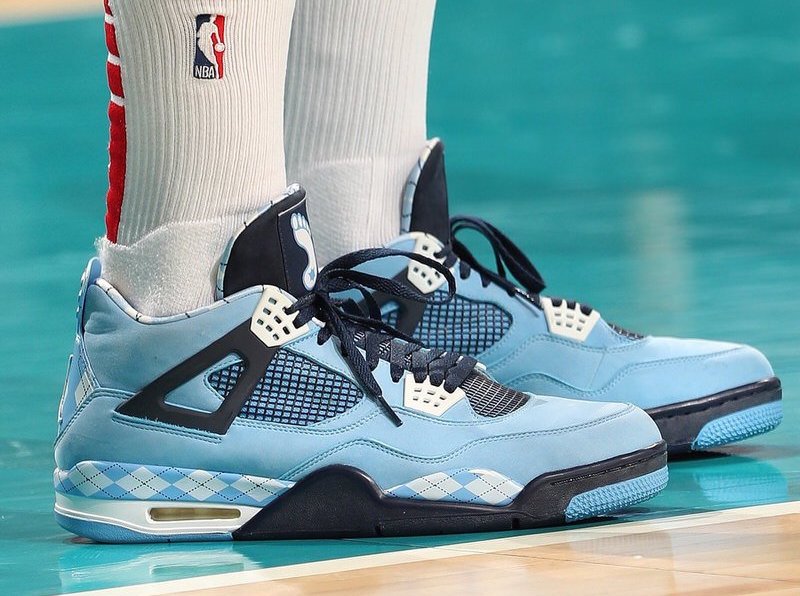 Image via Kent Smith/NBAE for Getty Images
Image via Kent Smith/NBAE for Getty Images
The latter buzz around recent retro PEs has had Jordan and other brands offering GR ringers as of late, namely the “Oregon” Air Jordan 5s, “UNC” Air Jordan 4s, and “Georgetown” Air Jordan 3s. Conversely, cache from previously unreleased PEs from the 2000s like the “Hardwood Classic” LeBron 8 and “Kobe” Reebok Question see what were previously 1-of-1 performance pairs having amplified retro life due to their once rare origin.
Just as breakdancers painted their PUMA Clydes in the ‘70s, top talents received their own Air Force 1s in the ‘80s and Jordan Brand athletes played in unreleased rarities from the ‘90s to ‘00s. Left-of-center colorways or full-fledged PEs have always been a part of the energy and allure around performance basketball.
The category that made sneaker culture massive might not matter as much as it once did, but it’s the blend of top-shelf rarities, college-exclusive colorways, and limited launch signatures that have collectors asking, ‘Where’d you get those?’ just like the OGs did when it all started.

